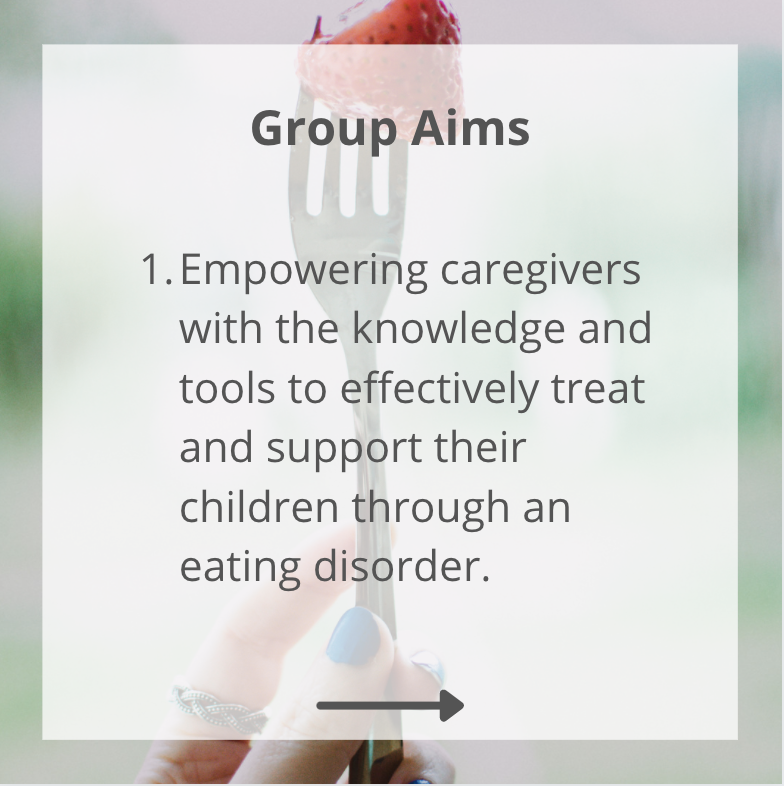By: Julia Yuskavage, MS, RDN
With so many sources of nutrition information readily available in this day and age, it’s no wonder why people might feel confused about what, when, how, and why to eat. Oftentimes, nutrition counseling begins with providing some basic information about the major nutrients that our bodies use. The word “nutrition” is derived from “nourish”, which is from the Latin nutrire, meaning to sustain with food or nutriment; supply with what is necessary for life, health, and growth. There are three macronutrients, which include carbohydrate, protein, and fat. Many people have heard that it is “healthy” to avoid certain macronutrients entirely. However, this is not the case, as each of them serves vital roles in the human body. In fact, eliminating food groups from one's eating pattern can be a risk factor for developing an eating disorder.
Keep in mind that consuming adequate food and nutrients helps the body (including cells, tissues, and organs) operate optimally and provides the body with the energy it needs to perform daily functions. Sometimes, people may find that they either eat too little or too much food in part due to intense emotions and overwhelming feelings (it can be helpful to talk about such emotions and feelings with a trained mental health clinician). When the human body is deprived of precious fuel and nutrition, both the mind and body can suffer and deteriorate, leading to complications that require medical intervention. The following is a brief description of each macronutrient, some of the functions that each serves, as well as some of the foods that each is found in.
Carbohydrate
Carbohydrates are a major energy source for humans, and can be compared to the function of gasoline fueling a car. Without adequate fuel, you may find that you are “running on empty”. The brain prefers to use this macronutrient for energy, and it is also used during any physical activity/exercise. By consuming adequate carbohydrate, protein is spared, which preserves lean body mass. The three types of carbohydrates are simple (such as sugars found in fruit or cookies), complex (also known as starch), and fiber (which comes from plants and is indigestible). Foods such as corn, beans, potatoes, yogurt, milk, bread, fruit, and candy all provide some level of carbohydrates which are then broken down into glucose for use by the body.
Protein
Protein can also be used as an energy source, although it will not be used for energy needs if adequate carbohydrates are consumed and/or stored in the body, and if fat is also available for energy metabolism. This leaves protein available for functions such as building, maintaining and repairing muscle, skin, hair, bone, organs, and nails. Proteins are used in the creation of hormones and enzymes, and are needed to form antibodies in order to fight off infections and maintain a strong immune system. Some of the major food sources of protein include chicken, beef, pork, fish, cheese, milk, eggs, tofu, certain grains, and legumes such as soybeans, lentils, and peanuts, which are then broken down into amino acids by the body for use. While animal sources of protein provide all of the necessary amino acids our bodies need, plant-based protein sources lack certain amino acids. For this reason, it is important for vegetarians to be mindful about their food choices, in order to ensure that all essential amino acids are consumed through various foods.
Fat
Fat is the most energy-dense macronutrient and can be used as a fuel source. It is used by the body to support brain health, form cell structures, create hormones, regulate inflammation, and absorb fat-soluble vitamins (Vitamins A, D, E and K). Dietary fats create energy reserves for our bodies and protect vital organs. Along with providing insulation to keep one’s body warm enough, dietary fats also keep hair and skin vibrant and healthy. Among other foods, fat is found in oils, nuts, seeds, avocado, beef, salmon, cheese, potato chips, and ice cream. Dietary fats are broken down into free fatty acids and monoglycerides, which the body then uses for various functions. Like essential amino acids, the body also requires certain essential fatty acids, which can be found in plant foods as well as some fish.
References:
http://www.dictionary.com/browse/nutrition
https://www.eatrightpro.org/
http://www.diabetes.org/
https://mynutrition.wsu.edu/nutrition-basics/
http://lpi.oregonstate.edu/mic/other-nutrients/
https://www.hsph.harvard.edu/nutritionsource/






















